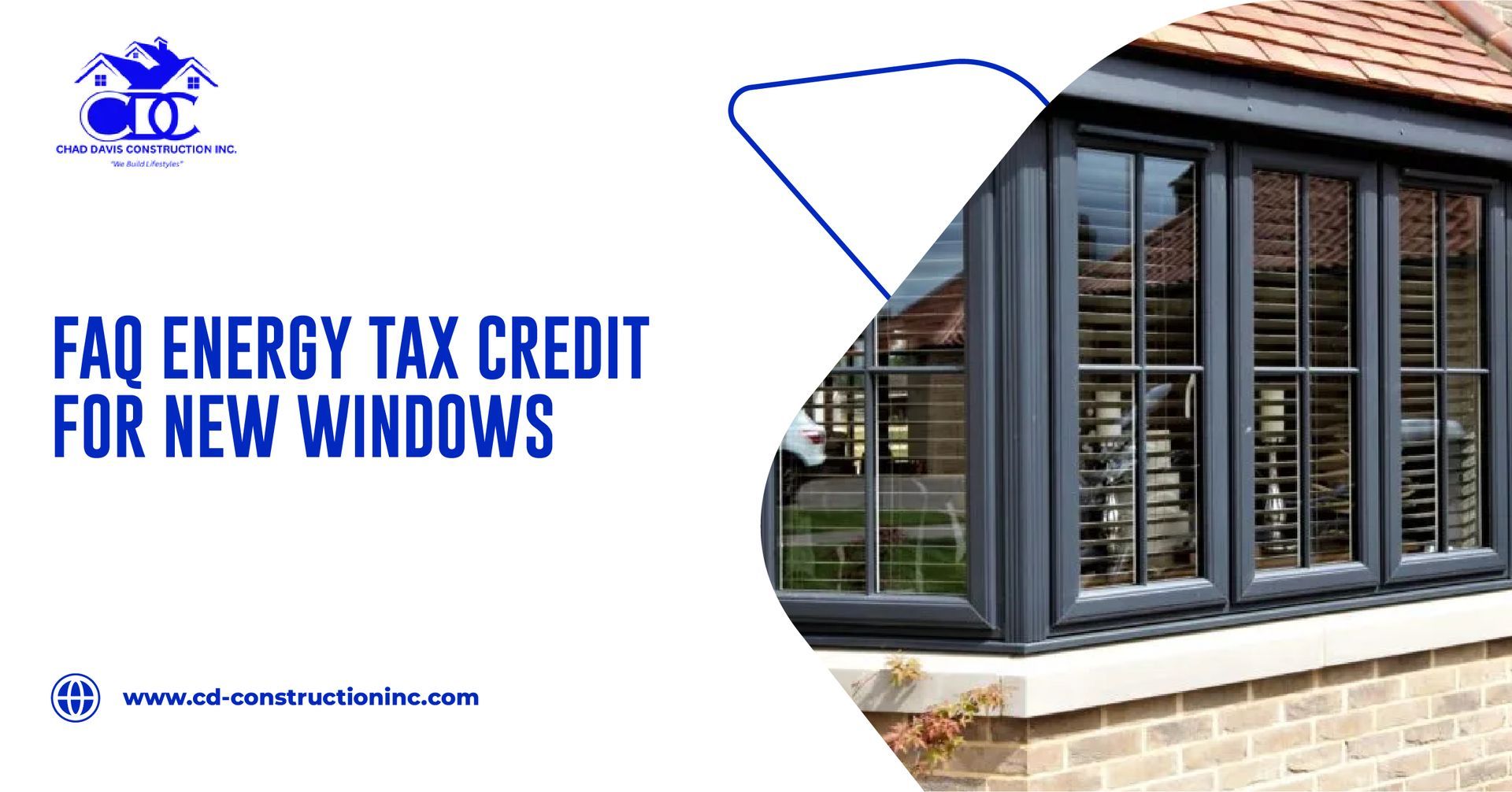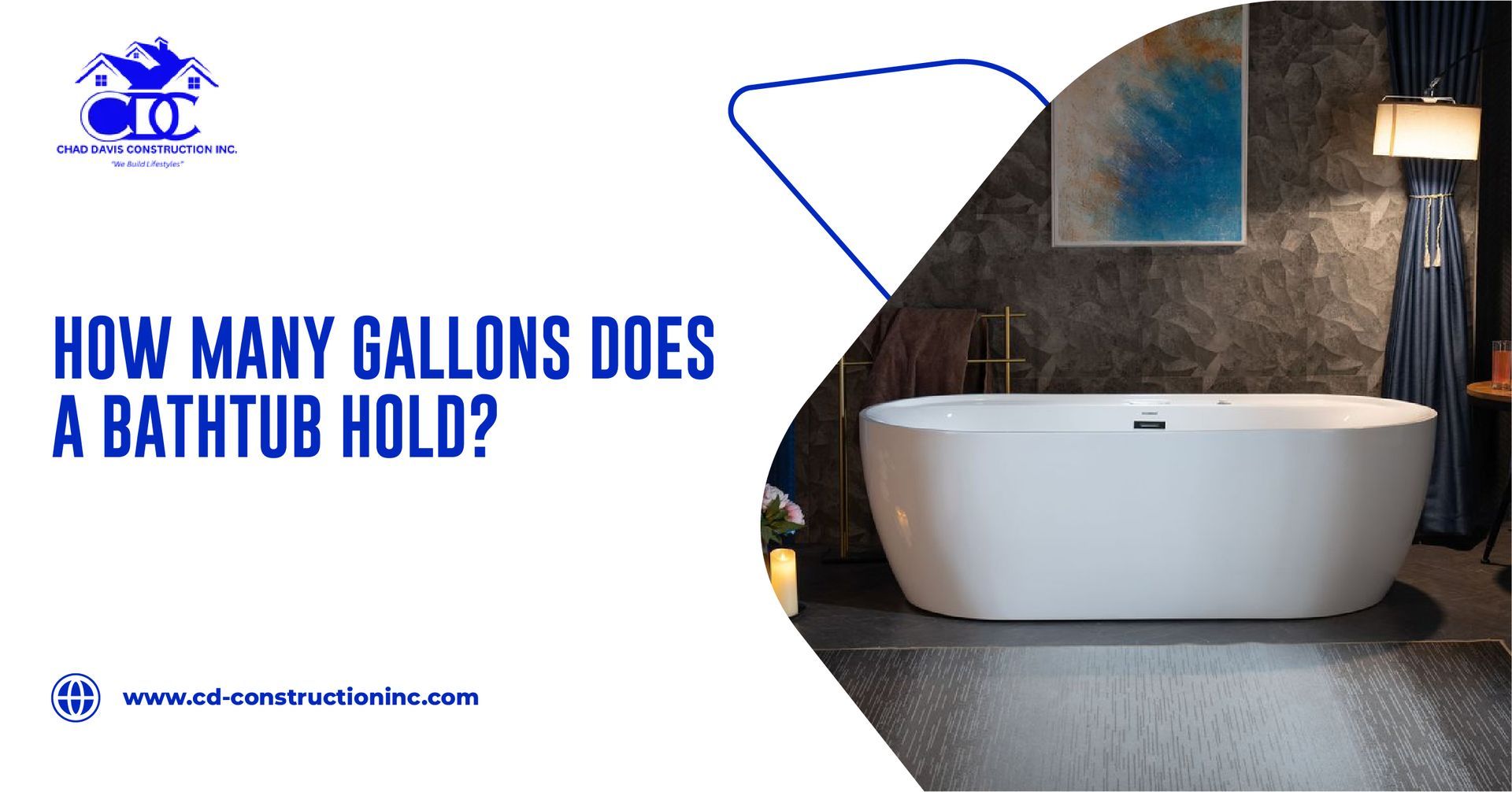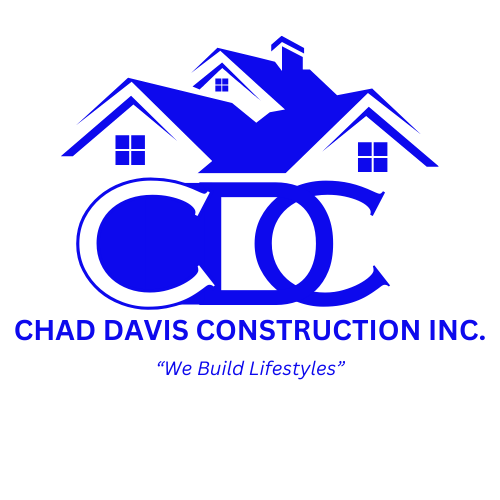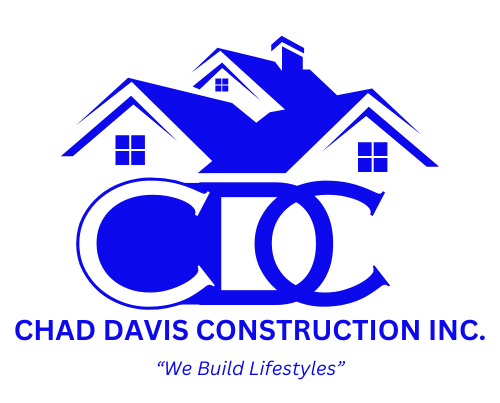Top 5 Ways a Screened Room Can Boost Home Comfort
As homeowners continue to invest in making their living spaces more functional, relaxing, and enjoyable, screened rooms have emerged as a powerful solution. These versatile spaces blend the best of indoor comfort with outdoor beauty, giving families a unique space to unwind, entertain, and connect with nature—without dealing with pesky bugs, harsh weather, or limited seasonal use.
Whether you're in the early stages of planning or looking to maximize your existing space, here are five impactful ways a screened room can elevate your home’s comfort year-round.
1. Enjoy the Outdoors Without the Hassle
One of the most immediate advantages of a screened room is its ability to bring the outdoors in—without bringing in all the discomforts that often come with it.
Say Goodbye to Insects and Allergens
Screened rooms allow you to enjoy fresh air, gentle breezes, and natural views without the constant annoyance of mosquitoes, flies, bees, or other bugs. This alone can make outdoor dining and relaxing far more pleasant, especially during the warmer months.
In areas like Clemmons, NC, where seasonal allergies are common, screened enclosures also reduce your exposure to pollen and dust, helping allergy sufferers enjoy the outdoors more comfortably.
Relax Rain or Shine
A screened porch or sunroom offers cover from rain and UV rays, allowing you to read, relax, or host guests regardless of the weather. With the right design—like extended overhangs, waterproof flooring, and durable screens—you can count on this space as a dependable retreat during unpredictable seasons.
Learn more about our Custom Screened Rooms in Clemmons, NC.
2. Expand Your Living Space—Beautifully
Adding a screened room is like building a brand-new room for your house—without the extensive cost and complexity of a full home addition.
Functional, Versatile Use
Your screened room can serve a wide variety of functions:
- Morning coffee spot
- Outdoor dining area
- Playroom for kids
- Yoga or reading nook
- Guest entertaining space
- Pet-friendly hangout
The space becomes a seamless transition between the indoor and outdoor areas of your home. And with the right furniture and design choices, it becomes just as comfortable and stylish as any interior room.
Design Harmony
Modern screened rooms can be custom-built to match your home’s architecture and aesthetic. Whether you want a rustic feel with natural wood finishes or a sleek, contemporary vibe with minimal framing and ceiling fans, the options are endless.
3. Create a Four-Season Comfort Zone
While many homeowners think of screened rooms as a summer-only space, the right design can extend usability into all four seasons.
Add Comfort Features
With features like:
- Insulated roofing
- Removable or retractable panels
- Ceiling fans or heaters
- Thermal curtains or shades
- Fire pits or tabletop heaters
…you can enjoy your screened room on chilly fall evenings, mild winter days, or early spring mornings.
At CD Construction, we specialize in screened room designs that enhance usability year-round—especially important in climates with changing seasons like North Carolina.
Explore Exterior Services for Your Home.
4. Boost Your Home’s Resale Value and Appeal
Adding a screened room not only enhances your daily life—it can also significantly increase your home’s value.
High ROI with Low Maintenance
Homebuyers love functional outdoor spaces. A well-designed screened room can recoup much of its cost in resale, while also making your home more competitive in a busy market. Unlike decks or patios that are fully exposed, screened rooms are viewed as more valuable due to their year-round usability.
Improve Curb Appeal
From the outside, a screened-in porch adds architectural interest and balance to your home’s design. It enhances your curb appeal and offers that welcoming, “lived-in” feeling that resonates with potential buyers.
A properly built screened room signals quality construction, attention to detail, and thoughtful upgrades—all features that stand out in a listing.
5. Improve Energy Efficiency and Home Functionality
Believe it or not, a screened room can even help you reduce your energy bills and improve your home’s overall efficiency.
Block Heat and Sun
When positioned correctly, a screened room can act as a buffer between the hot summer sun and your home’s interior. This can reduce cooling costs by shading your walls and windows, which are otherwise exposed to direct sunlight.
Promote Airflow
Because screened rooms are designed for ventilation, they help promote natural airflow throughout your home. Opening doors and windows connected to your screened porch encourages cross-ventilation and can reduce reliance on air conditioning during mild days.
Room Rebalancing
Adding a screened room helps reduce congestion in your kitchen, living room, or other common areas during gatherings. It serves as an overflow space that makes entertaining more comfortable—and prevents guests from crowding into indoor areas during holidays and special events.
Real-Life Inspiration: Screened Room Ideas from NC Homes
Here in Clemmons and surrounding areas, we've helped homeowners create:
- Cozy reading porches with wicker seating and skylights
- Bug-free outdoor dining rooms with weather-resistant tables and string lights
- Pet-friendly play areas with durable screens and water stations
- Fireplace lounges with open rafters and tile flooring
Whether you're going for classic Southern charm or modern garden elegance, there's a screened room style to suit your home's architecture and your family’s lifestyle.
Maintenance Tips for Long-Term Comfort
To keep your screened room looking great:
- Clean screens and frames with mild soap and water every few months.
- Inspect for tears or loose fasteners annually.
- Re-seal wood frames every 2–3 years.
- Store or cover furniture in extreme weather.
- Remove debris from rooflines and trim nearby trees seasonally.
These simple tasks ensure your screened space remains safe, beautiful, and functional all year.
Final Thoughts: Is a Screened Room Right for Your Home?
If you’re looking to enhance the livability, resale value, and charm of your home, a screened room is one of the smartest, most cost-effective upgrades available. It bridges the gap between your indoor and outdoor worlds—bringing nature in, while keeping discomfort out.
At CD Construction, we bring years of experience building customized screened rooms that align with your vision and your home's existing structure. We handle everything from design and material selection to construction and finishing touches—so you don’t have to worry about a thing.
Ready to Create Your Perfect Screened Room?
Whether you're dreaming of lazy afternoon reads or stylish summer dinners without the bugs, CD Construction is here to bring that vision to life.
Contact us today for a free consultation and see how a screened room can elevate your home’s comfort—season after season.
Explore Our Custom Screened Rooms Services




